Since 1962, after JFK awarded the first to Pablo Casals, US presidents have been handing out Freedom Medals like they were Cracker Jacks prizes, dispensing them to more than 500 individuals, an average of more than 10 per year. Unwittingly or not, our chief executives have devalued the citation. Clearly, we can all agree, the award today is not as special as the one Duke received.
In December 2013, President Obama continued the top medal largesse, awarding a total of 16, one to former President Clinton, as if he needed another trophy. In Obama’s defense, all presidents prior to Clinton got one too, save for Nixon.
One went to jazz trumpeter and Cuban émigré Arturo Sandoval, an obvious act of political correctness. The ethnic breakdown of the other 15 honorees: one Asian, four black, and 10 white. Gender wise: 10 men, five women.
Sandoval is a mighty fine trumpeter and composer. But how many long-term jazz fans would select him over saxophone masters Sonny Rollins or Wayne Shorter, for example? Very few. And how many jazz fans would select reedman Charles Lloyd or saxophonists Joe Lovano or Ornette Coleman or pianist Keith Jarrett over Arturo Sandoval? The body of work and influence of the aforementioned living jazz alternatives far exceeds that of Mr. Sandoval.
Who would you have given the medal to?
For the record, the below lists past jazz recipients of the Medal of Freedom, by year:
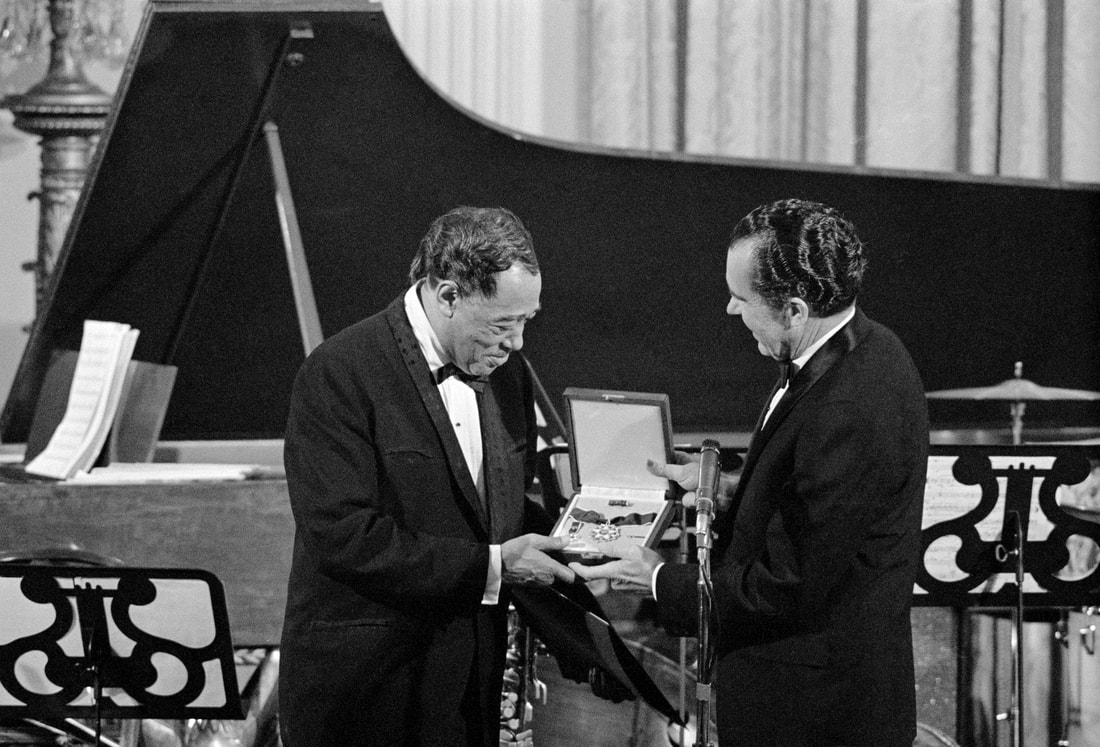
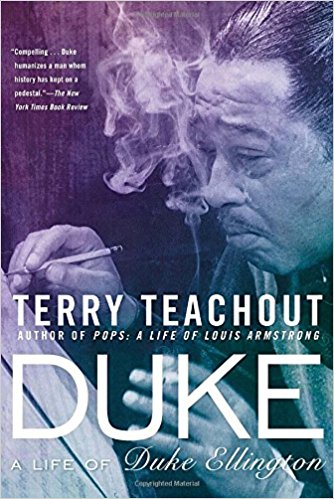
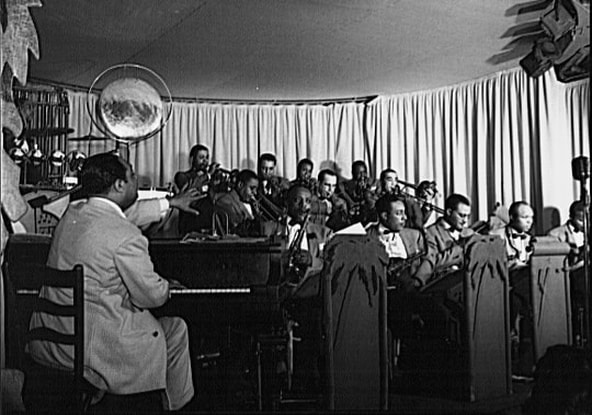
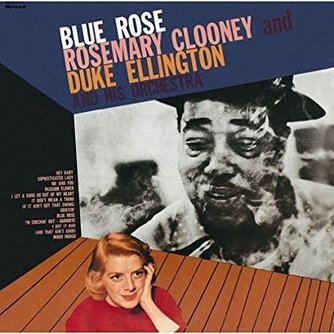
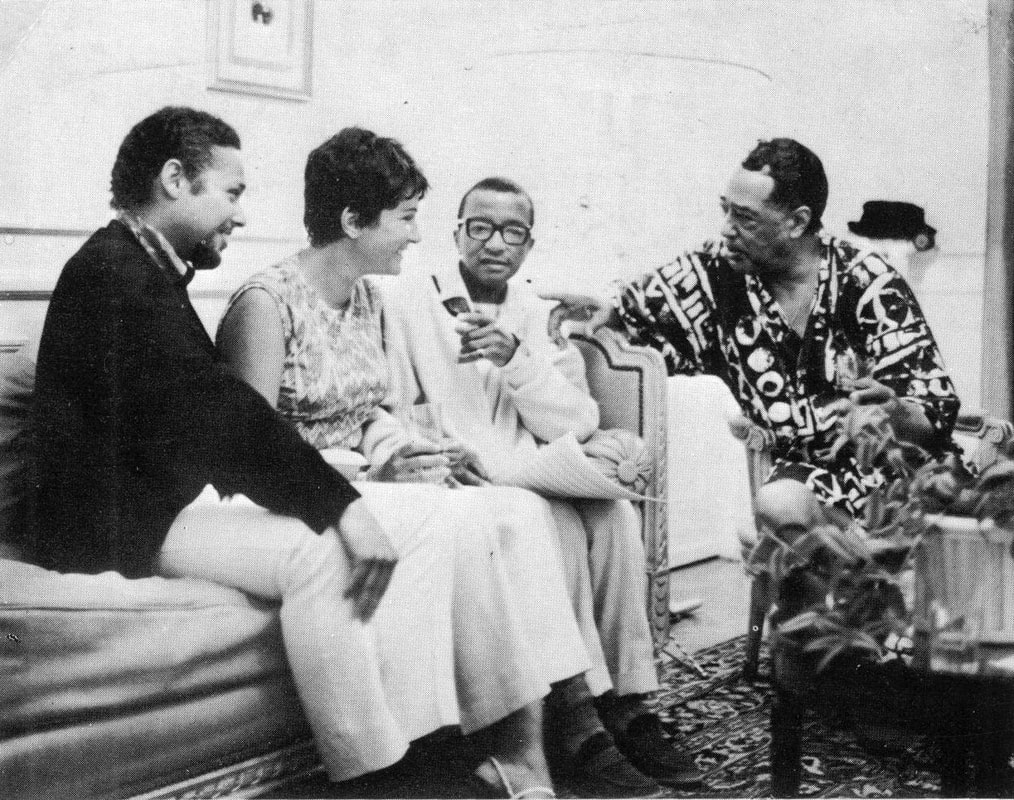
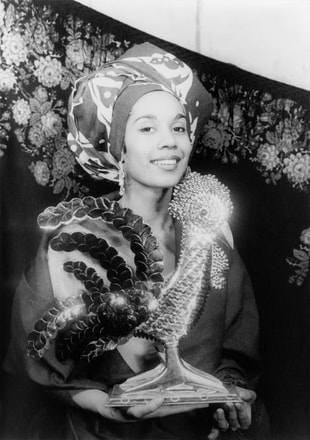
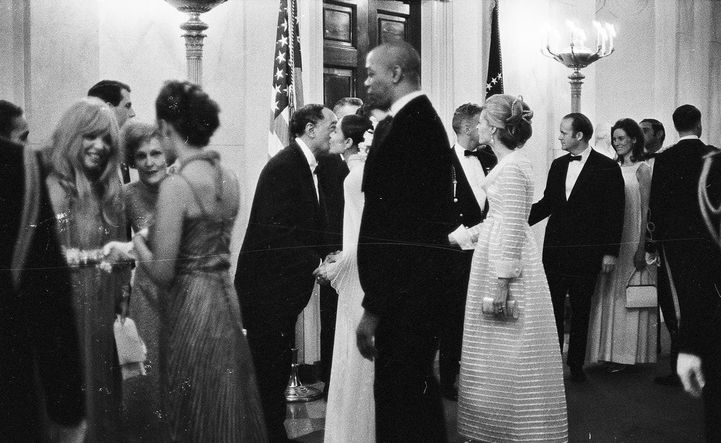
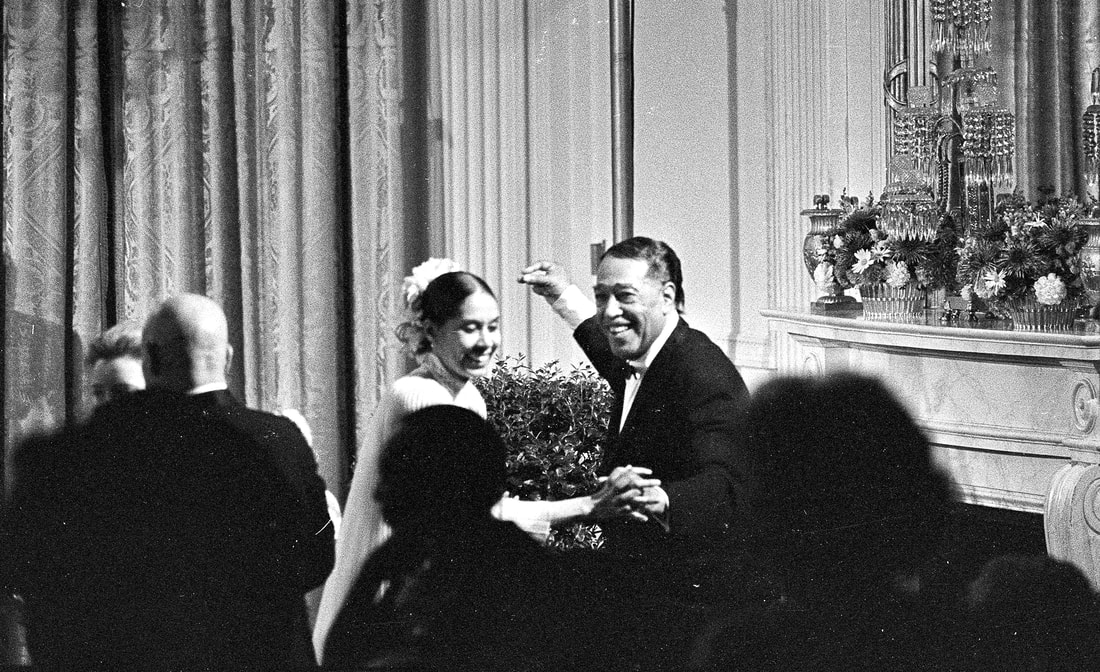
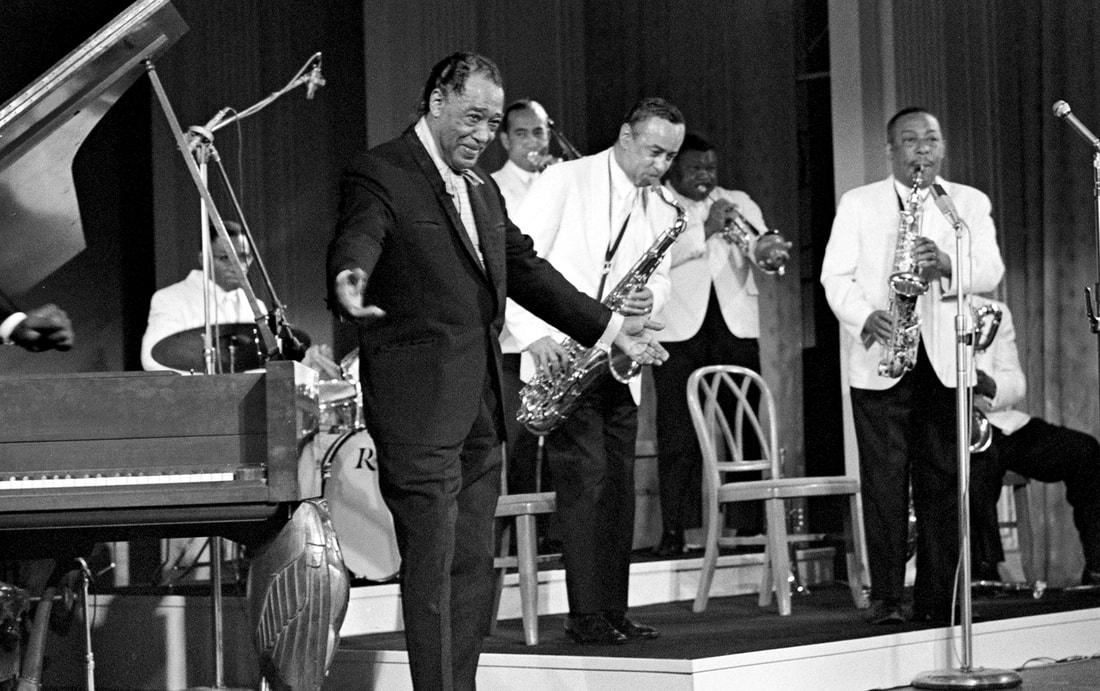
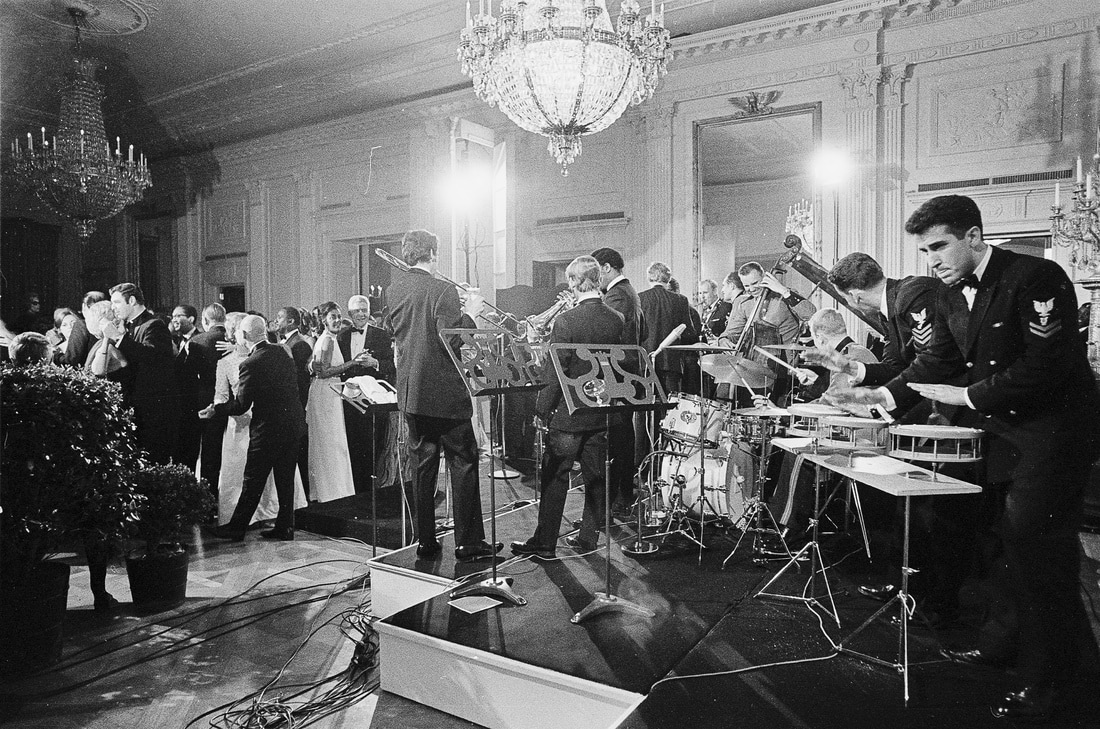
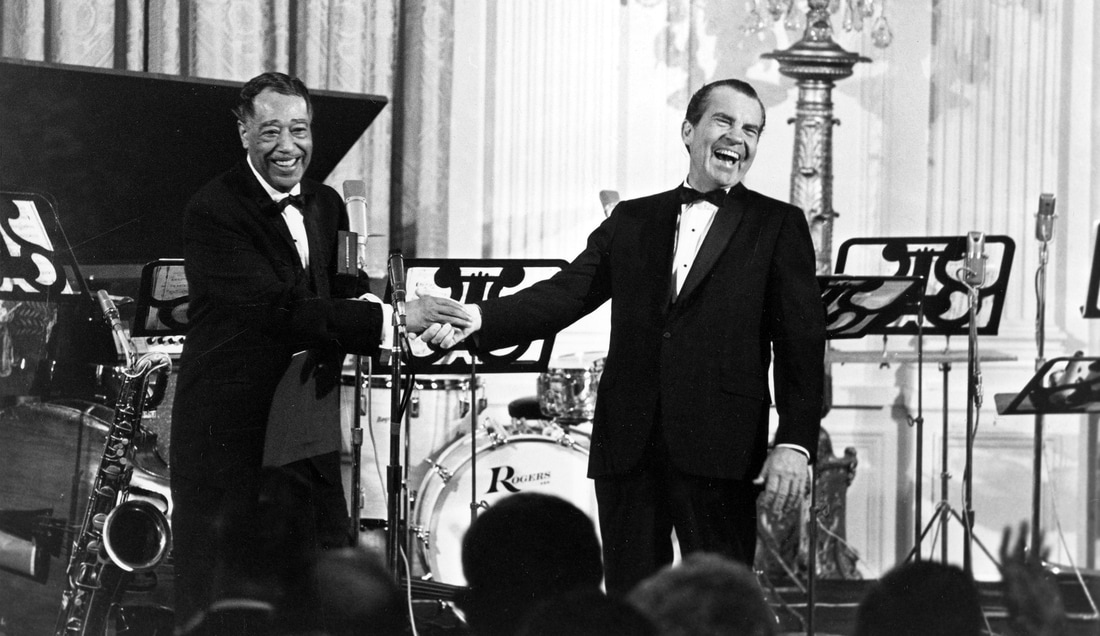
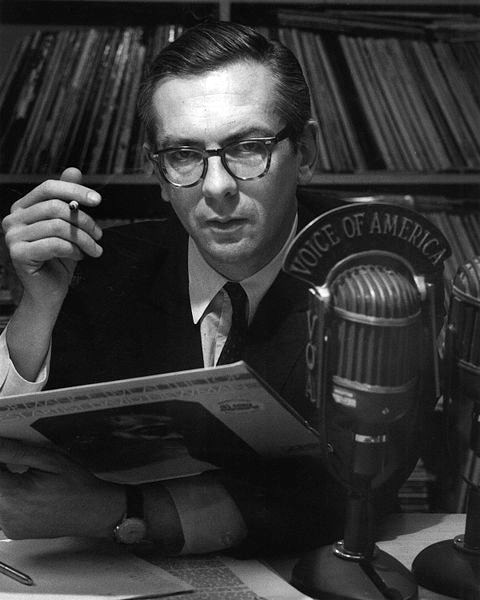
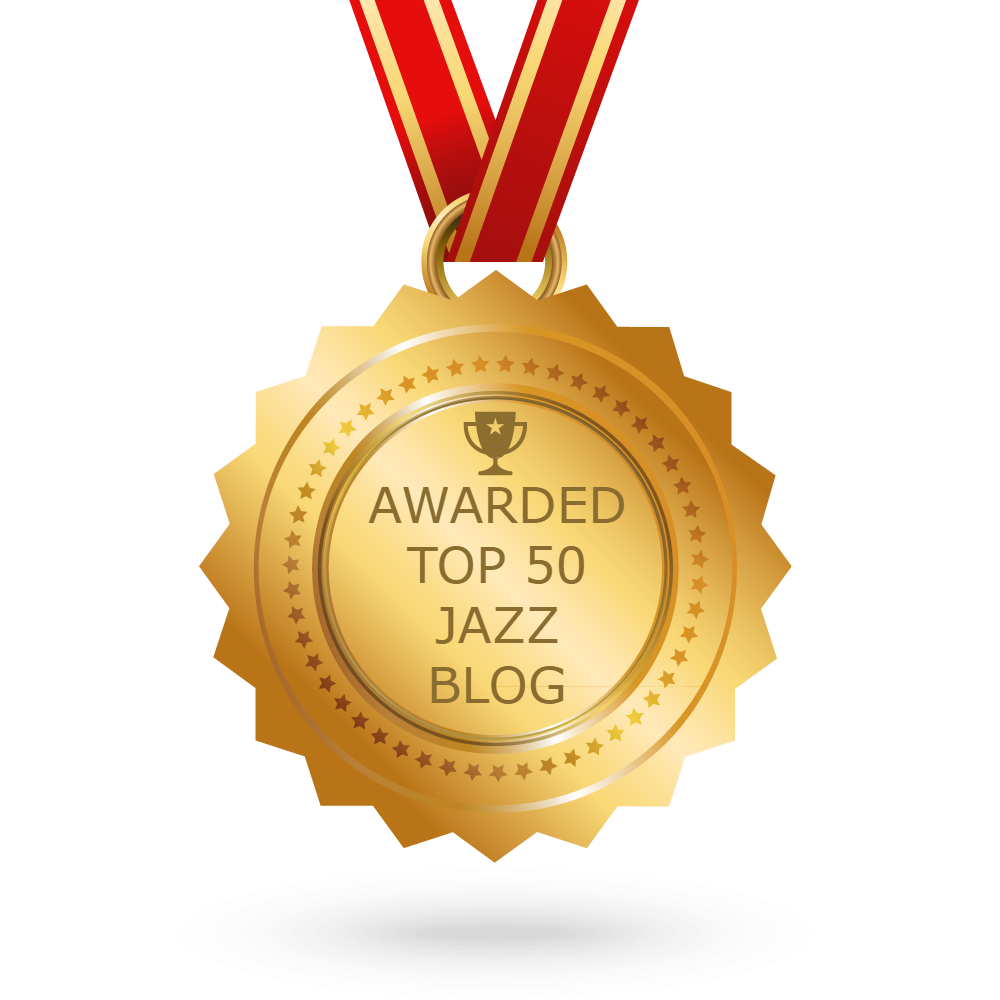
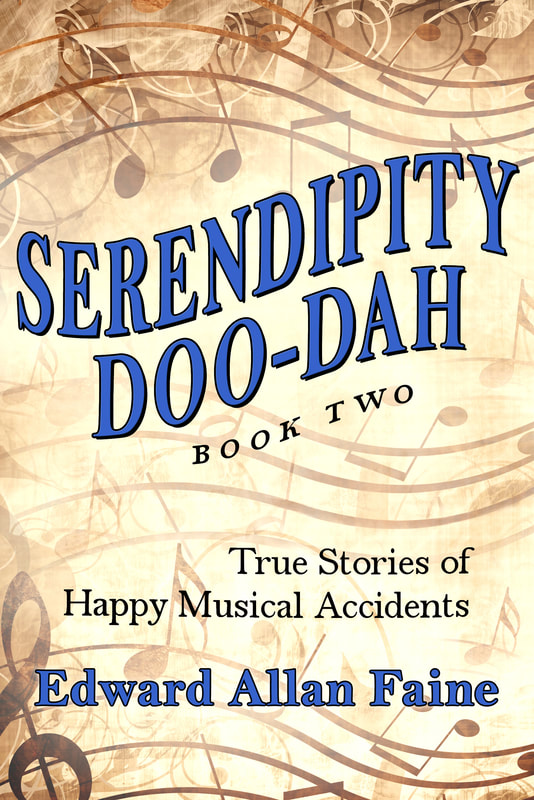
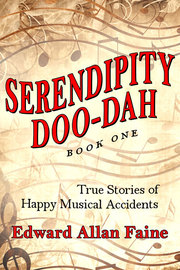
 RSS Feed
RSS Feed